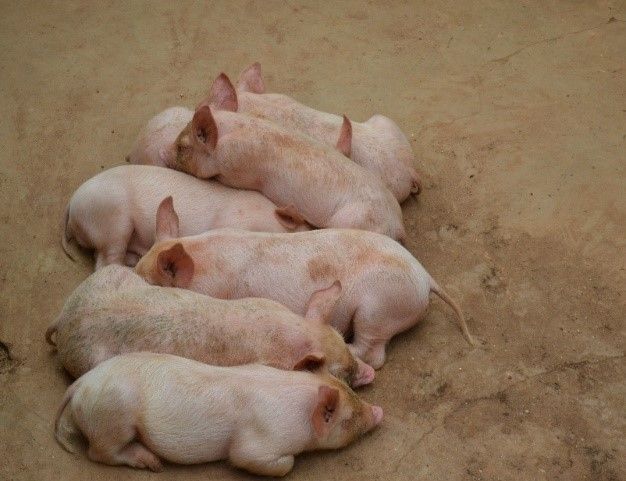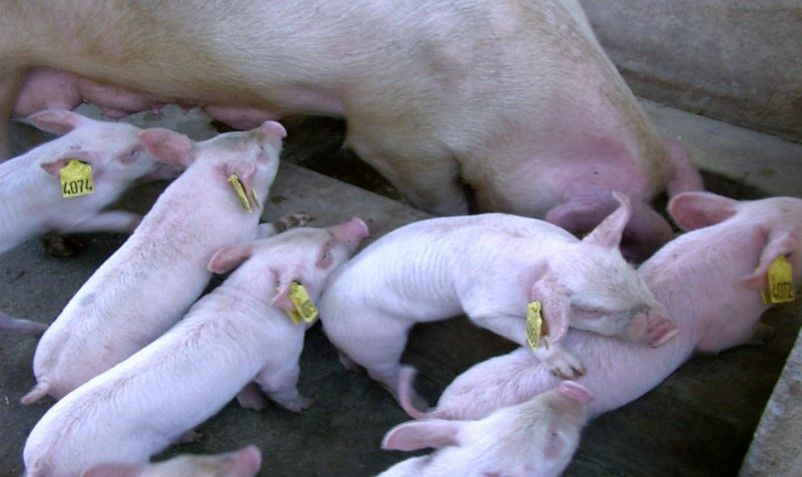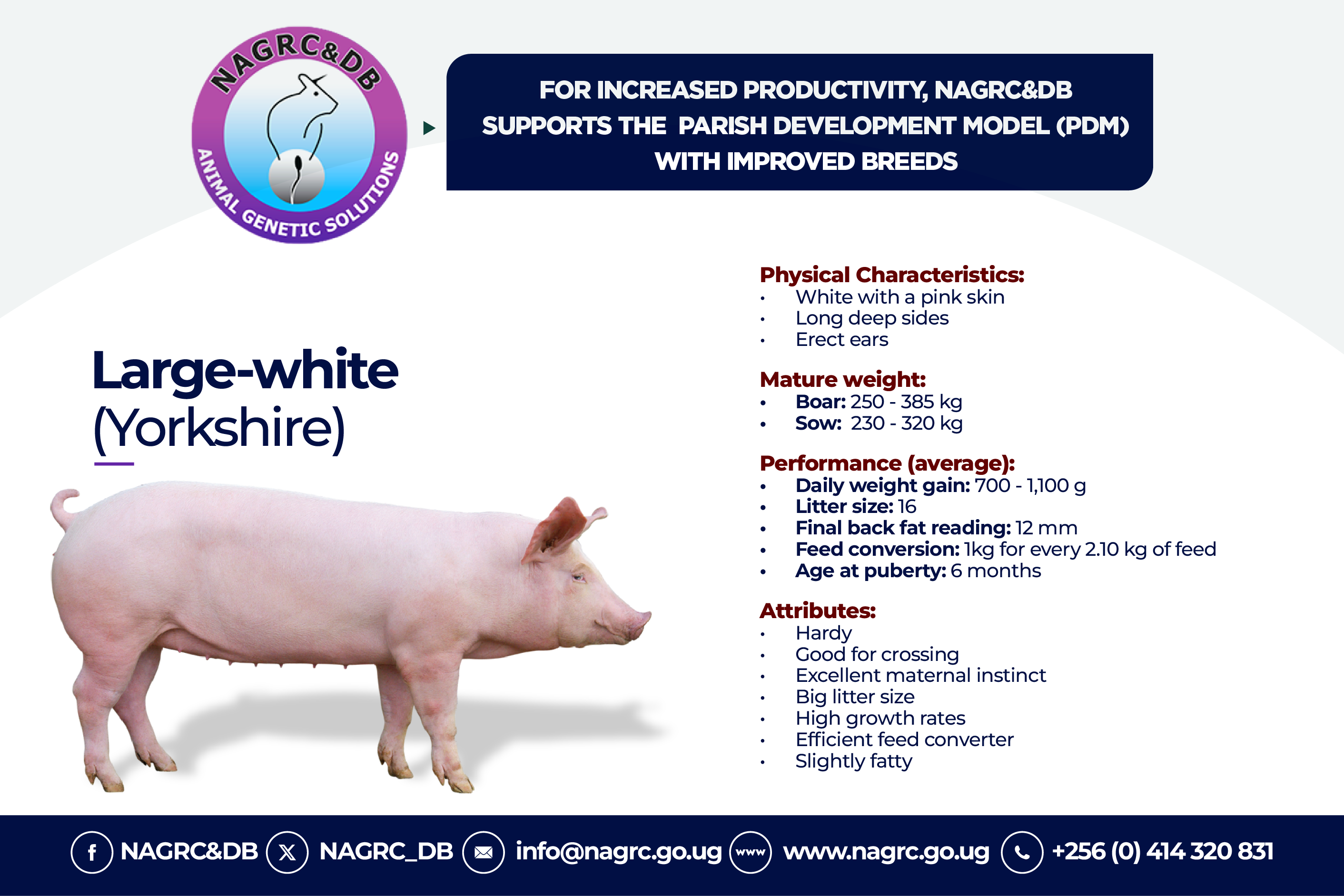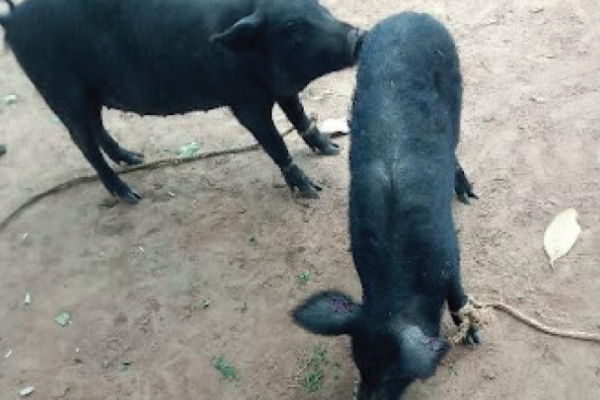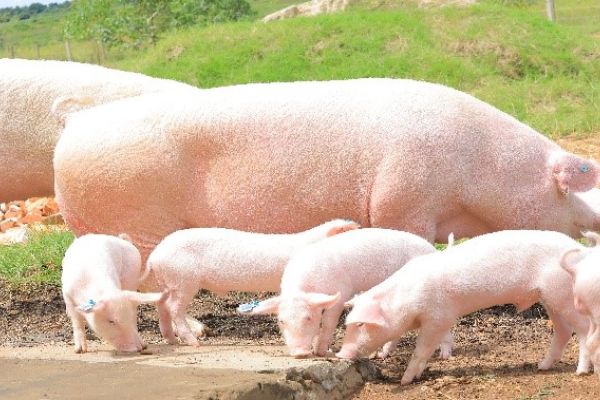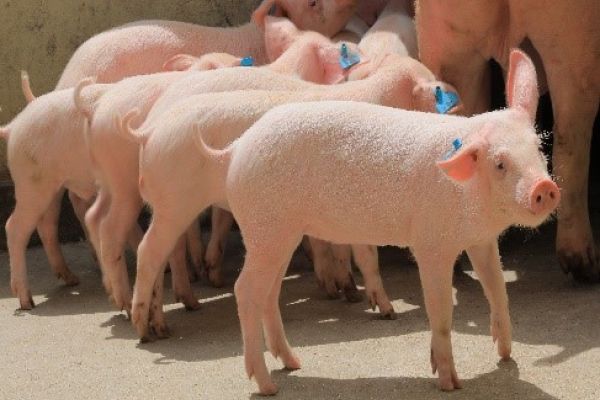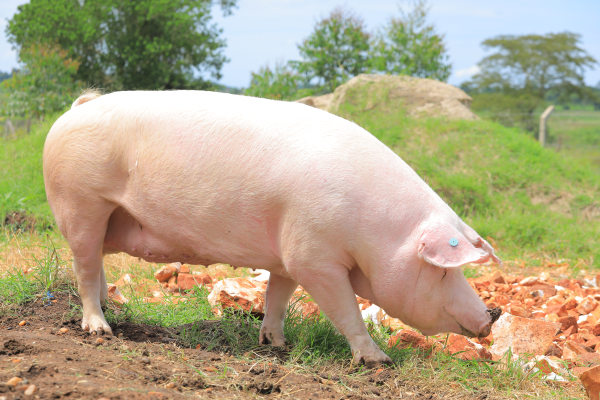National Pig Breeding Program
-
Purpose
The National Pig Breeding Program focuses on availing superior pig genetic resources to meet the needs of different uses and users. Through strategic breeding programs, research initiatives, and the dissemination of best practices, the program aims at increasing availability of appropriate pig breeding materials for sustainable livelihoods among the key value chain actors.
Conservation: There is conservation of the localized indigenous genetics of pigs at Njeru stock farm; strengthening the mandate of NAGRC&DB to conserve indigenous genetics.
The program has advanced in the productivity and genetic diversity of Uganda’s pig sector. Current breeding and production performance demonstrate noteworthy achievements with the Farrowing rate, average litter size at birth and weaning at 90%, 16 and 15 piglets, respectively. With the Farrowing index of 2.4, the total number of piglets per sow per year (PSY) stands at 38.4 and the age at puberty is 6 months, however, they are served at 7 months weighing 130Kg. This comprehensive evaluation highlights the success of NAGRC&DB’s interventions, providing valuable insights for further enhancement in specific aspects of pig farming and contributing to the sustainable growth of Uganda’s pig industry.
-
Key Stakeholders
Partners:
- International breeders such as; Dan bred from Denmark, PIC from Britain, Top pigs from The Netherlands
- Researchers, Academic institutions such as; Makerere University, Boku University- Austria,
- International Livestock Research Institute (ILIRI)
Actors & Clients:
- Pig artificial insemination (AI) technicians, Pig breeders, Input suppliers e.g. Jyden, Eram, Kwewayo etc.
- Under the National Pig Breeding Program, NAGRC&DB has introduced a pig breeders registration scheme, quality assurances of pig breeding centres; executed in collaboration with the Ministry of Agriculture, Animal Industry and Fisheries (MAAIF).
- There is active promotion of public-private partnerships, exemplified by the program’s engagement with the Uganda Pig Breeders Association. This approach underlines NAGRC&DB’s commitment to advancing pig breeding practices, fostering knowledge dissemination, and ensuring sustainable growth in Uganda’s pig sector.
- Among others; the program continually offers training of farmers and students in pig management aspects at the different Centre farms in the regions.
-
Key Strategic interventions
On-going interventions and future prospects for pig improvement in Uganda include;
- The program is committed to maintaining its competitive edge and leading the Ugandan pig sector in breeding and biodiversity conservation. A strategic initiative on the horizon involves the establishment of a commercial boar stud. This facility will specialize in producing high-quality semen from proven Landrace, Large White, and Duroc boars, positioning itself as a contender in the market alongside private sector counterparts.
- Additionally, in partnership with various training institutions, under the program over 400 pig artificial insemination (AI) technicians have been trained, thereby enhancing the accessibility of AI services to smallholder farmers.
- The National Pig Breeding Program together with the Community Based Breeding Program have disseminated state-of-the-art pig breeding practices to over 5,000 pig farmers across different regions of the country.
